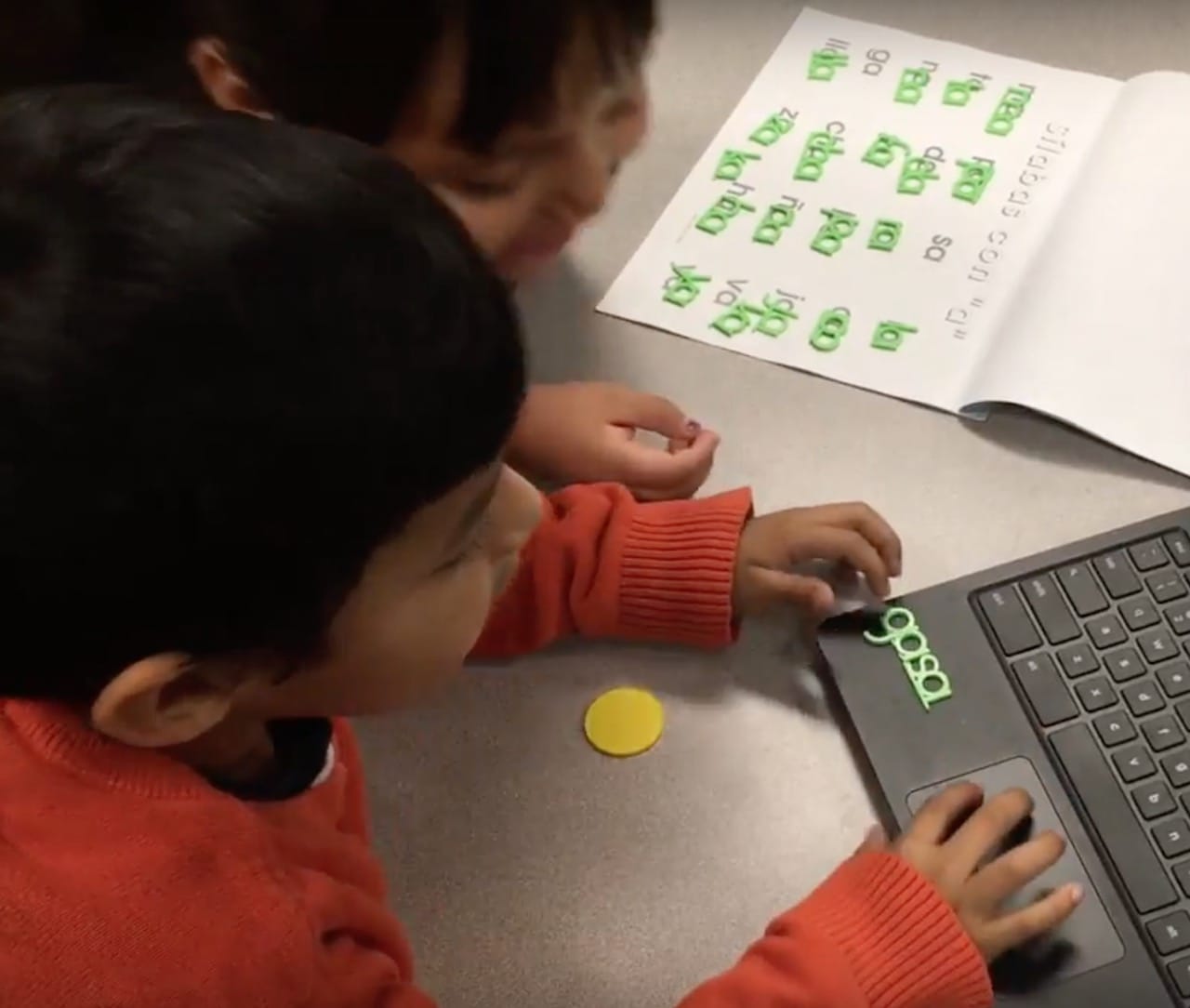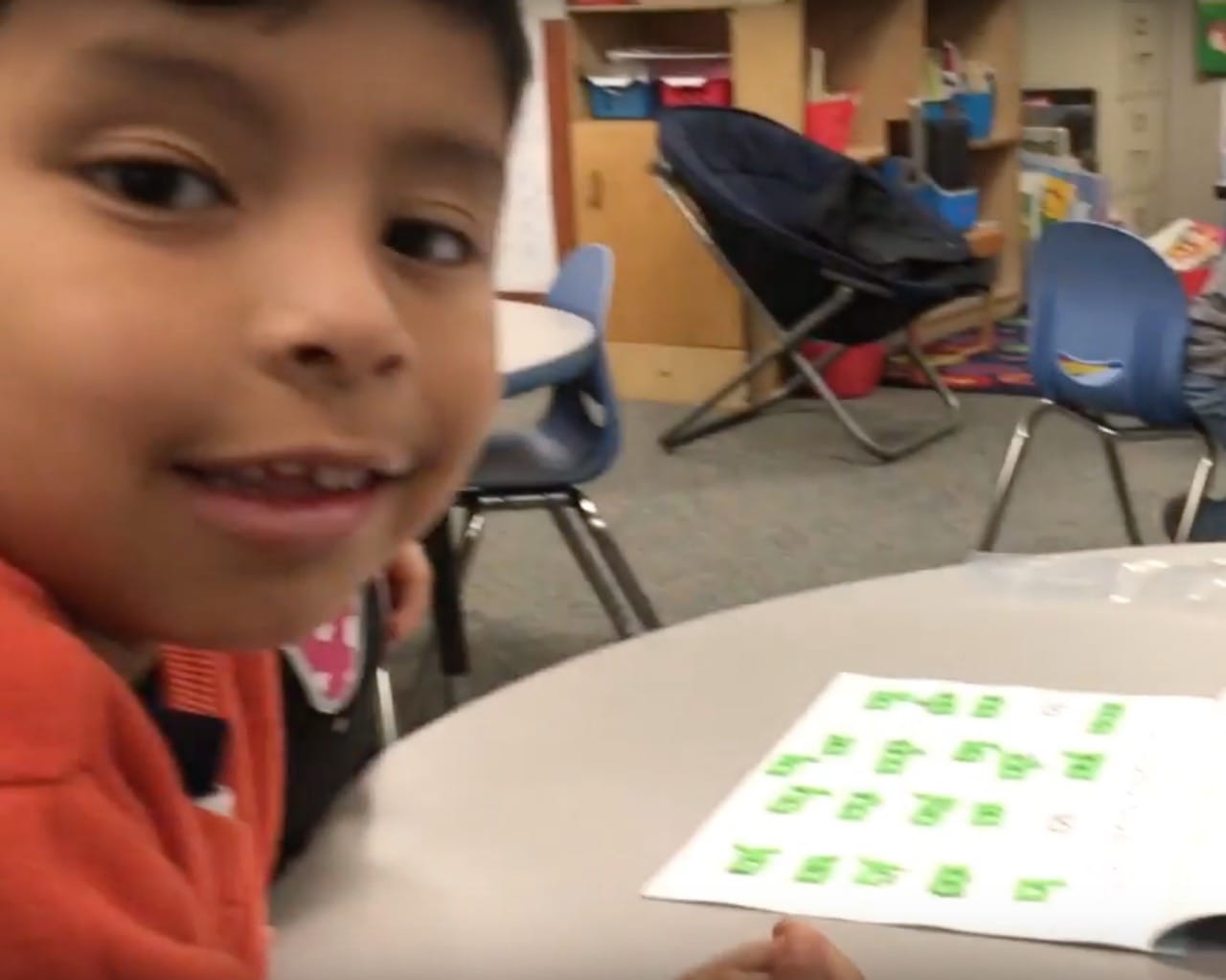
LulzBot published a very unusual new use for 3D print technology: language visualization.
The project was concocted by Javier Montiel of Velasco Elementary School, which is located in Freeport, just south of Houston. This location is also very close to Mexico, where the Spanish language has strong influence. As a result, bilingual education (English & Spanish) takes place at this school.
Apparently some of the students have challenges comprehending word composition using syllables. Montiel considered making traditional 2D cards containing syllables that the students could manipulate, but thought a better option might be to 3D print the syllables as 3D objects.
It turned out to be a success, as the students found the objects more interesting to use than common cards. Watch their reaction here:
The students were given not only 3D prints of the syllables, but also a special mat on which to assemble them together into words. This, again leverages 3D printing because it transforms what was previously written work into something more resembling a table game with playing pieces.
But that’s how successful people think of language: pieces to be put together. This concept strongly reinforces this approach among the young students.

Montiel also created a version of the syllables that included a small ring at the top, enabling students to create words on a string and carry them off to other places during the school day.
It’s all a great idea, and LulzBot describes it as “disruptive innovation” in the schoolroom.
Why I like this concept is that very thing: disruptive innovation. We have only barely scratched the surface of what can be done with 3D printing so far. From the original prototyping applications and “printing the same thing I used to make with older tech”, we now have players in all industries exploring how this unusual technology can allow things to be done differently.
How have you leveraged 3D print tech in your domain?
Via LulzBot

